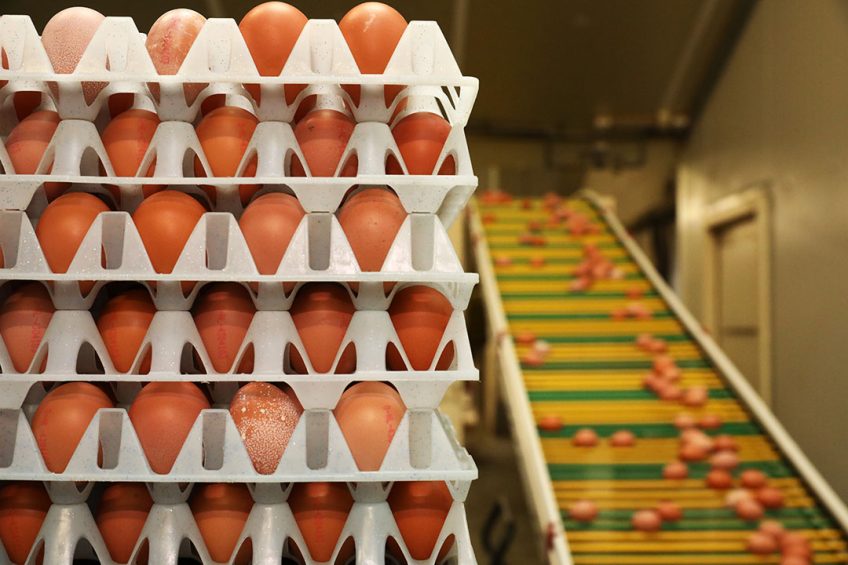Egg improvements through balanced breeding

Huge improvements have been made in egg production over the past 60 years through steady genetic progress in balanced breeding programmes. Hendrix Genetics has analysed the progress in performance since the first random sample egg lay test was performed in North Carolina, USA, 6 decades ago.
Teun Van de Braak, product manager and Ivan Bedetti, data and business analyst, said in the company’s latest newsletter, birds were very different from those born in 1960. Today’s birds show better robustness, allowing them to be kept longer in good health and condition.
When plotting data from 60 years of testing, there was strong evidence that genetic selection had had a considerable impact on the performance of the birds: “Egg production per hen housed has more than doubled. This is the combined result of earlier sexual maturity, reaching higher peaks in production and most importantly, improved persistency.
“Through increased persistency, we have the ability to keep the birds longer, while maintaining good health and high levels of egg production. With production cycles increased to more than 200 days since the mid-1980’s, it must be noted that the vast majority of the tests that followed (forced moulting) was applied.”
From the 26th test onwards (1985-87), longer cycles were applied with eggs per hen housed rising from around 270 to 400 in the mid-1990s and now 500. Birds are now kept for longer testing programmes (up to 109 weeks of age) without applying moulting, in order to reveal the true genetic performance of the breeds available on today’s market.
Lack of commercialisation of technologies in layersSeveral technologies exist which could play a significant role in improving layer productivity but they are being hampered by a lack of commercialisation of systems and evidence of their practical benefits.
White v Brown layers
In most tests, the breeds producing white eggs had an advantage over the breeds producing brown eggs and results over the past decade show the advantage is widening. “When we have a closer look at the egg size profiles of the white and brown egg layers, we can see that the large difference of on average 5 gram per egg around the mid-1980s has diminished. Where the average egg weight of brown egg layers went down by more than 3.0 grams, the average egg weight of the white egg layers has increased by 2.0 grams.
“As a results of the comparable egg size, but with the total number of eggs produced per hen housed in favour of the white egg layers, it can be states that in 30 years positions have shifted. The average daily egg mass produced per laying hen is nowadays in the clear advantage of the white egg layers.”
The greatest ally in egg production
The egg industry is currently dealing with its fair share of challenges. With EU production outstripping consumption and prices being squeezed, producers are looking for more ways to improve the efficiency of their business.
Sustainable egg production
The improvements in egg production did not come at an extra expense of increased feed intake. When the researchers looked at the ratio between feed consumed (grams), versus eggs produced (grams) from the last 10 tests there has been a steady decrease. A massive 25% improvement in feed efficiency has been achieved in less than three decades, leading to a lower carbon footprint of the production of eggs.
In the most recent tests (40th), Hendrix Genetics noted: “From the 10 white breeds entering the test for the non-moulted conventional cages, all our 5 entries (Babcock, Bovans, Dekalb, ISA and Shaver) produced over 500 eggs, with an average of 537.2 eggs per hen housed.”













